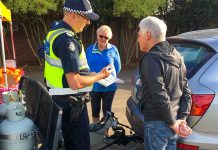With the growing number of people hitting the road to travel the country, caravan and motorhome manufacturers are continuing to be swamped with orders to meet the increase in demand. And that trend doesn’t look like it’s going to change any time soon.
So if you’re thinking about travelling with a caravan or motorhome, how can you decide which style of touring is best for you? Let’s look at some of the things you could consider…
CARAVANS VS MOTORHOMES: SIMILARITIES
There can be a likeness in the specs of caravans and motorhomes, so let’s start with some similarities. You’ll find some basic things like preparing meals, daily bathroom activities and bed-making will all be comparable tasks.
The same goes for when staying in caravan parks as well. Both caravans and motorhomes require hooking-up when power is required, as well as when connecting to mains water and using a waste pipe. Then there’s the job of needing to occasionally visit a dump point, which is also similar.
Besides these, other similarities include the need for the gas cylinders to be turned on and off. And a good habit to get into whether you’re in a caravan or motorhome is to have a routine walk-around before heading off. This is the time to ensure all the hatches are closed and the awning has been put away.
DIFFERENCES
Just as there are a number of similarities, you can also expect to find some differences as well. We’ve been travelling in our caravan for more than a decade, so it’s fair to say our routine is well and truly entrenched. But we’re also fans of motorhome travel too, so let’s explore some areas where they differ.
DRIVING
Whether you’re towing a caravan or driving one of the larger motorhomes, it’s true they both take time to get used to. Size can play a big part when you’re comparing both, and naturally a motorhome will nearly always come out on top when you have nothing to tow.
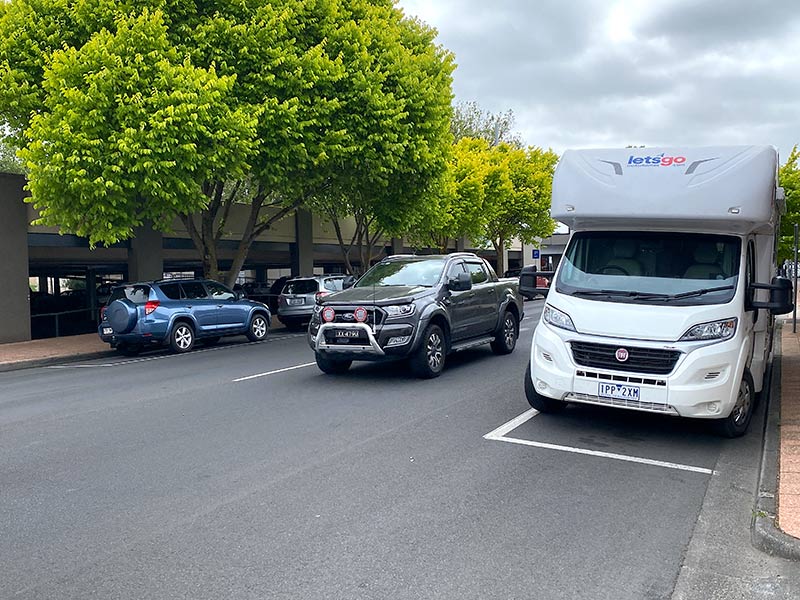
That aside, you could still think a larger motorhome wouldn’t be the easiest thing to manoeuvre. Surprisingly, the 25ft-plus motorhome we rented for a recent trip really had no negative effect on manoeuvrability at all. In fact, it had an excellent turning circle, which perhaps could be attributed to the cabin sitting directly over the wheels.
While it’s important to consider the larger size of both setups when changing lanes, you can turn much tighter with a motorhome. This can be an important factor if you’re spending a lot of travel time in busy, built-up areas. But a motorhome can be taller than a full-size caravan, so you may need to drop a bit of speed in windy conditions for a more comfortable drive.
Parking is another area where the two differ. It’s not uncommon for some motorhomes to fit in an average-sized parking bay, but it’s a completely different story when you’re towing. It doesn’t help, either, when some car parks don’t allow for larger vehicles or those that are towing!
SETTING UP
If you’ve never reversed a trailer of any sort previously, yes, reversing a caravan can take a little practice. While it’s not necessarily a difficult task, there’s a bit of a knack to it.
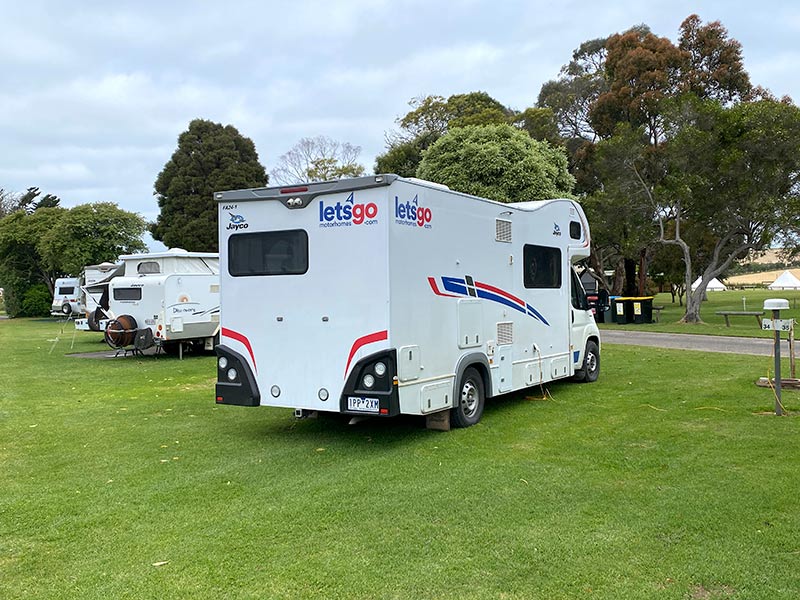
But motorhomes have no hitch, jockey wheel or stabiliser legs to worry about – you could treat these all as motorhome positives. The result: there’s generally less time required for setting up a motorhome, and you could be enjoying that cold drink in next to no time.
FLEXIBILITY
Imagine you’ve set yourself up for a couple of nights at a cracking waterside campsite and decide to duck off to replenish some supplies. This kind of scenario isn’t given a second thought if you’re travelling with a caravan when you can simply unhitch and drive away.
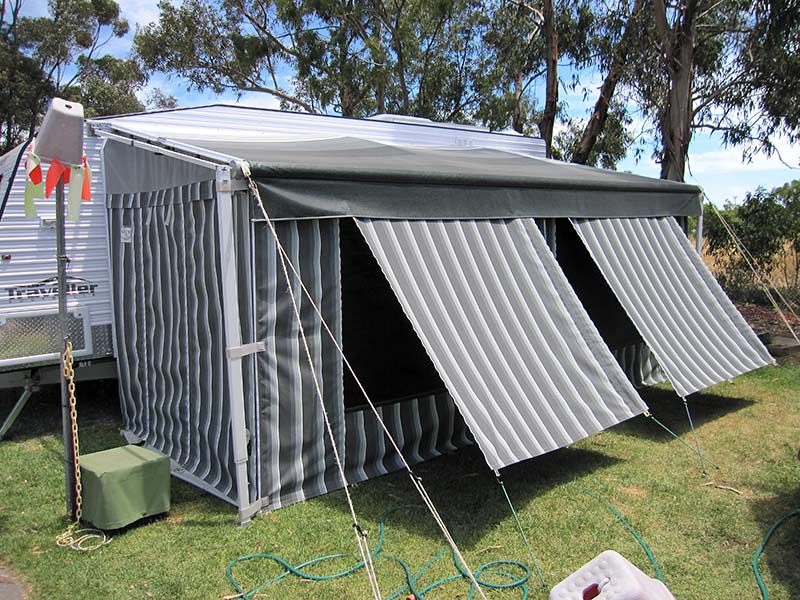
But it’s a different story with a motorhome, which would need to be packed up first. While that’s far from difficult, it is something to keep in the back of your mind. Although, it’s not necessarily a disaster if you’ve thought ahead and fitted a couple of bicycles or similar to the rear of the motorhome.
SECURITY
This is a hot topic, whether you’re touring with a caravan or a motorhome. But there are some advantages here with the motorhome style travel. Having the ability to move from the vehicle’s cabin area directly into the motorhome section is a real plus.
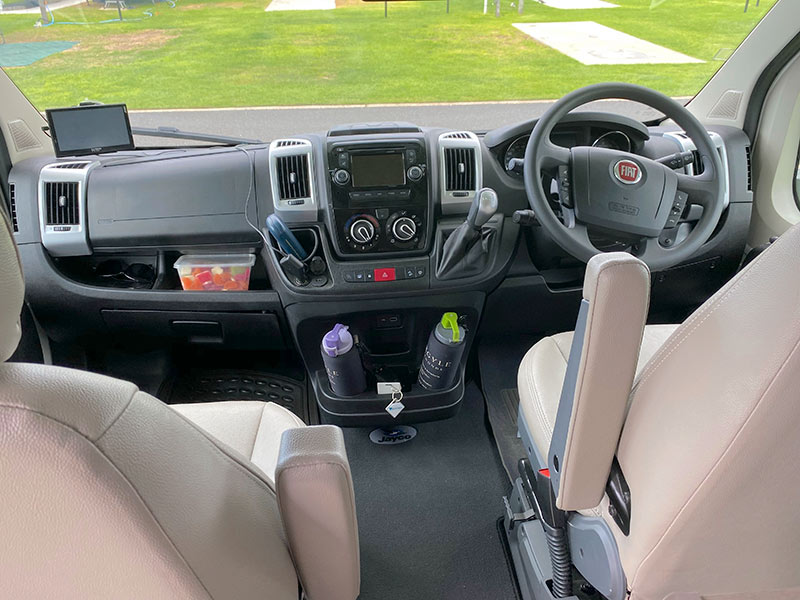
Additionally, if you arrive at camp late at night, or the weather turns bad, there’s no need to exit the vehicle if you don’t want to. This is such a great feature for all motorhome tourers, especially those who are travelling solo.
SLEEPING
As far as sleeping arrangements go, this is another area where the two modes can differ. Unlike our caravan, which is set-up for two people, it’s not uncommon for motorhomes of similar size to sleep up to six.
A double bed in a C class motorhome might be located at the motorhome’s rear, with another located above the cabin in the Luton peak. The café style dinette area might also double as a bed for another two people as well.
Then, when the motorhome is in motion, passengers sit at the dinette table where seatbelts have been provided.
COST SAVINGS
One of the main points of difference between a caravan and motorhome comes down to running costs. Travelling in a single vehicle, such as a motorhome, means you will avoid doubling up on big ticket items, like insurance and registration.
The same goes for maintenance, including tyres and suspension. All these things add up very quickly and will make a dent in your budget.
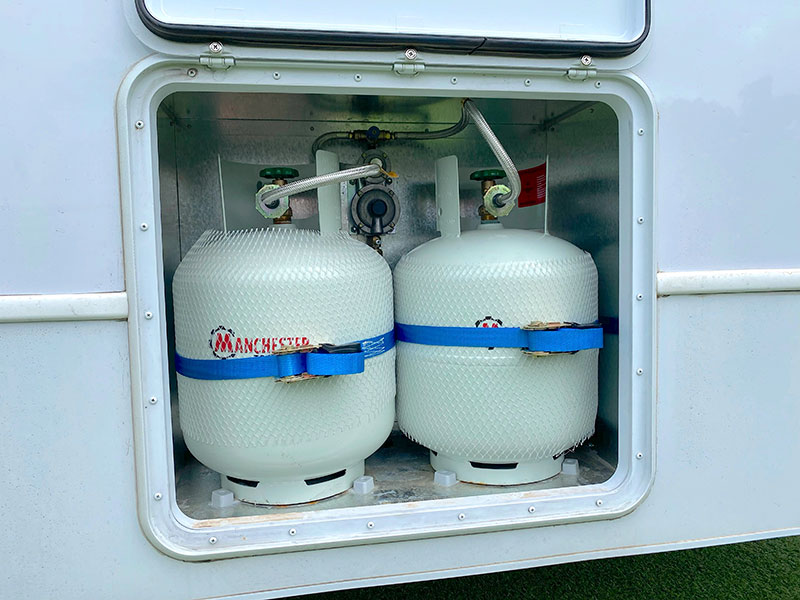
So the cost savings if you take the motorhome path aren’t something that can be easily dismissed.
SUMMING UP
From our experiences with caravan and motorhome travel, we feel there are many benefits for touring with both types.
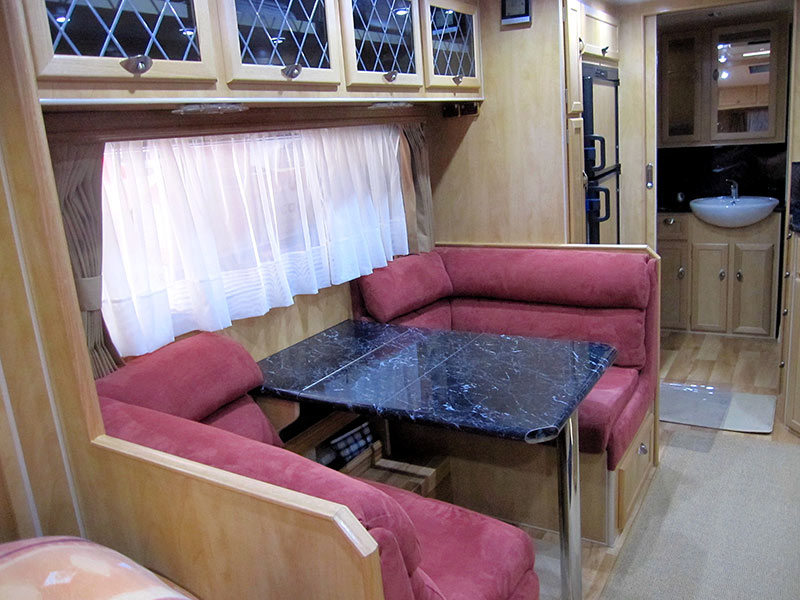
Each has a variety of models, styles, and layouts to choose from, so it will ultimately come down to your own preferences and personal circumstances. So whether you choose to go down either the caravan or motorhome road, at the end of the day they’re both an excellent choice for getting out and seeing the country. And that’s what it’s all about!


